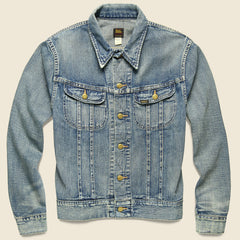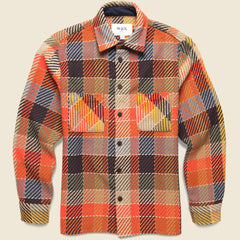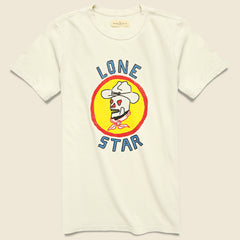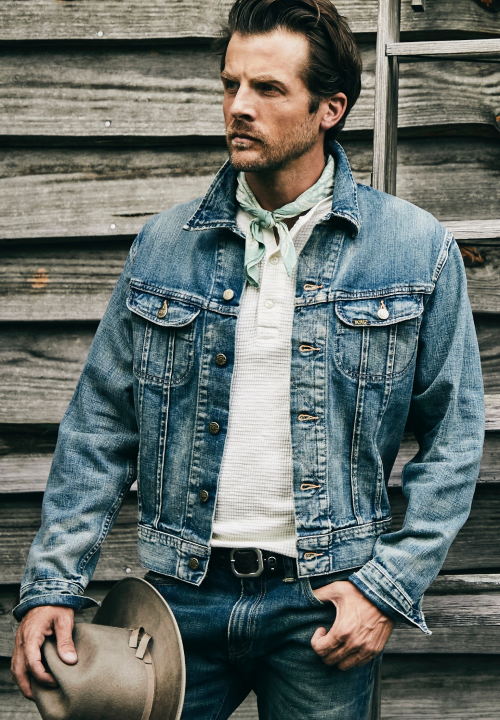The artistic canvas has traditionally been seen as a stationary object—a two-dimensional display fixed firmly in place, be it in a museum, a private home, or painted onto the side of a building. There is, however, an exception; a time when a canvas becomes profoundly mobile, and can travel across the country, to be seen by all. And that, most likely, is the longstanding appeal of train art.
Writing on the rails is as old as riding them. The earliest railway workers used chalk to mark schedules, weights, and other pieces of useful information. Needless to say, now and then, a worker would get creative. Train art first became prominent, however, during the Great Depression, when itinerant Americans looking for work—commonly known as hobos—used trains as a free source of transportation. Hobo markings included useful tidbits of information, written in a symbolic freehand. Where to eat, if the security guards were dangerous, if the locals were generous—things that were helpful to a traveling worker during the grinding years of the 1930s.
In the 1970s, the traditional railway script of the American hobo received an urban reinvention in the form of train graffiti. The utilitarian markings of the previous decades were replaced by a bold, decidedly artistic form of communication, as young artists in major cities across America declared their identity through colorful tags and stencils. The image of a motley-colored subway train resplendent in graffiti became a symbol of New York City in the ‘70s and ‘80s, and a larger expression of Hip Hop culture in general.
Today, security measures have made tagging subway trains more difficult, but the practice of train art continues nevertheless. Boxcars transporting grain through the heartland still boast brash and stylized signatures, and commuter trains still may carry a message posted in vibrant spray-paint, even if they are prone to being washed and recoated. But as long as the rails keep a-rolling, and artists keep searching for a medium that moves, it is likely that this uniquely American art form will continue.



















